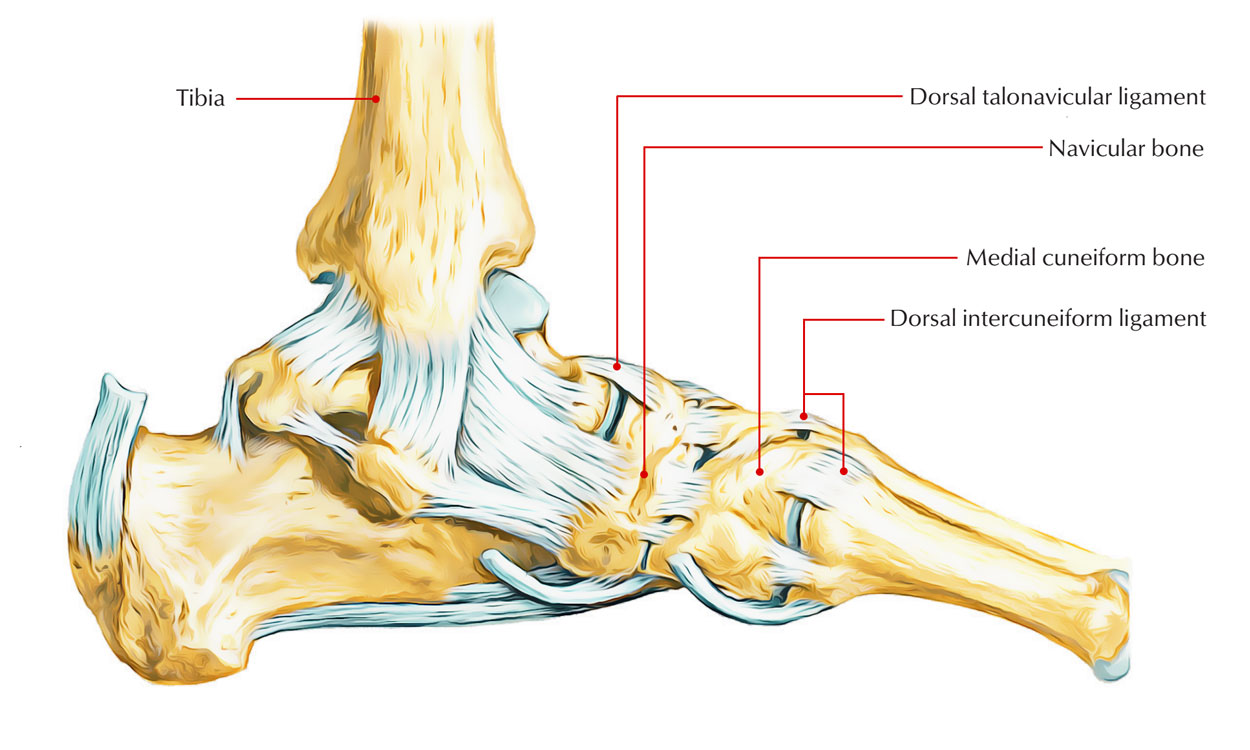

I want to help you! Please take a few seconds to share the biggest challenge or struggle you’re facing with your injury! Click here!Ĭlick here to go to Dr. Running and then sport-specific activity is instituted slowly, and the process can take up to 4 to 6 months. Most surgeons recommend that the fracture completely heals prior to resuming any type of running. This injury, whether treated surgically or non-surgically, often costs the athlete the majority, if not all, of the season. Navicular Stress fractures and heel pain. If the fracture does not heal, surgery to put bone graft in the fracture and hold it in place with one or two screws is indicated. Many surgeons even advocate surgical treatment, especially in high-level athletes. I’m very concerned with the possibility of the fracture not healing, so I will even keep the athlete from putting weight on it until the fracture heals. Unlike most stress fractures, however, sports medicine physicians are usually very careful with this injury, and I almost always place these athletes in a cast. As with most stress fractures of other parts of the body, treatment is often nonsurgical. Navicular stress fractures can be serious injuries.

Early on in the process x-rays can be negative, so a bone scan or MRI might be performed. A high index of suspicion is needed to avoid missing this injury. Sports medicine physicians who examine these athletes will note tenderness to palpation on the inside of the midfoot, but sometimes the pain can be somewhat diffuse. Later on, the pain will not go away with rest and can bother the athlete with activities of daily living, such as walking. As it progresses, the pain comes earlier in the training session or game and takes longer to go away. Often the pain will come on after a certain amount of activity and will go away with rest. Signs and symptoms of a navicular stress fractureĪs with most stress fractures, the athlete will notice pain in the foot despite not having an initial injury to initiate the symptoms. Stress fractures of the navicular occur in running and jumping athletes, such as basketball players. This is a bone in the midfoot toward the inside of the foot.

Of all the stress fractures that can occur in the lower extremities of athletes, one of the least common, but unfortunately most serious, is a navicular stress fracture.


 0 kommentar(er)
0 kommentar(er)
